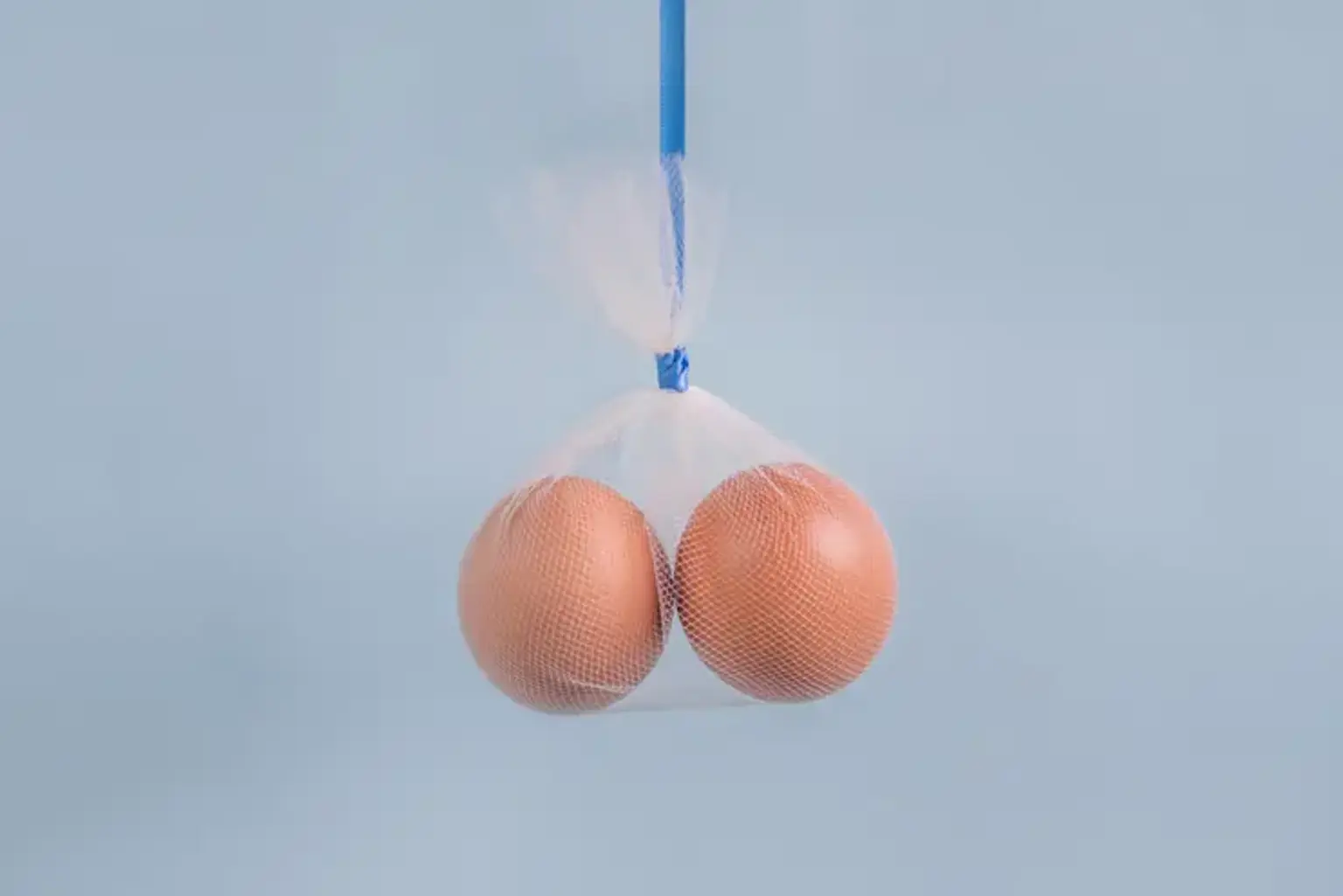Non-Scalpel Vasectomy
Overview
A vasectomy is an easy and reliable way to provide long-term contraception. Vasectomy is the surgical cutting of the two tubes (vas deferens) that a man's sperm pass through on their way from his testicles to his ejaculatory ducts, where they are kept until they leave his body during an orgasm. A vasectomy stops sperm from being added to the man's ejaculate (semen), preventing the woman from becoming pregnant. A guy and his partner won't notice any changes in the amount or look of his semen since the sperm-containing fluid that is blocked by a vasectomy makes up only 2% to 3% of a man's total semen volume.
The No-Scalpel Vasectomy (NSV), a minimally invasive procedure, has raised awareness of vasectomy as a birth control option and reduced the likelihood of local problems. The Center for Male Reproductive Medicine and Microsurgery at Weill Cornell Medicine has been a pioneer in the production of research procedures, manuals, films, books, and training programs for standardizing NSV technique since Dr. Marc Goldstein first popularized it in the United States in 1985. The NSV begins by employing a high-pressure jet injector rather than a needle to more effectively anesthetize the scrotum and vas. For the NSV technique, two specialized instruments are used rather than a scalpel. It is a complex method for placing the vas deferens through a small, dilated puncture hole, pushing vulnerable blood vessels and nerves aside rather than cutting through them. The ends of the vas are sealed in a variety of ways after delivery to prevent failure. After the treatment, the puncture incision closes and is essentially invisible. The puncture hole can be closed without sutures.
